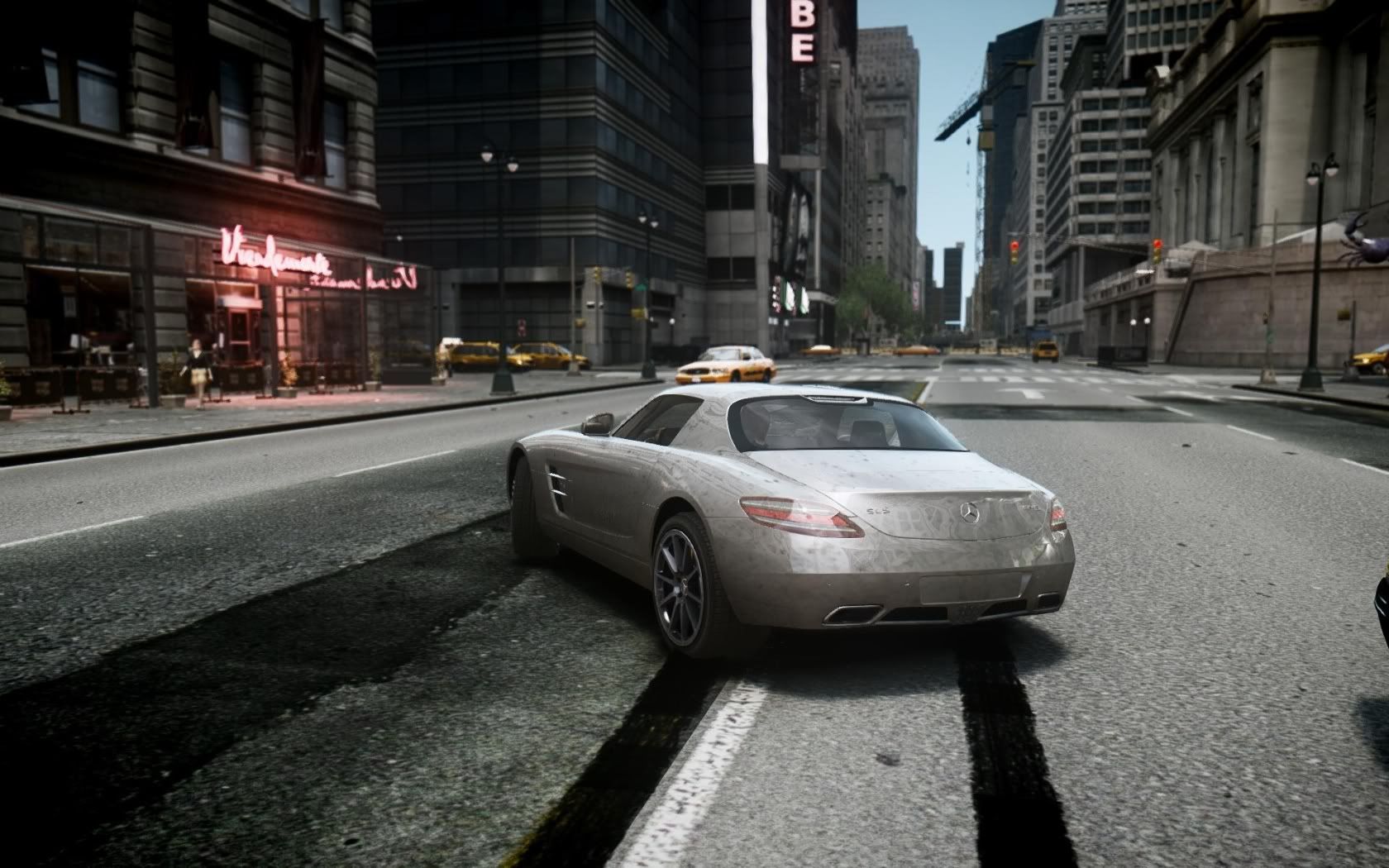- Joined
- May 18, 1997
- Messages
- 55,634
NVIDIA's New FXAA Antialiasing Technology - NVIDIA's FXAA technology debuted in Age of Conan, and was recently found in Day 1 Studio's F.3.A.R. We'll look into FXAA and tell you what it is, what it does, and what gamers can expect out of it. We were surprised by the results, and we think you will be too. Will it be methods like this that replace traditional AA? We certainly hope so.
![[H]ard|Forum](/styles/hardforum/xenforo/logo_dark.png)

